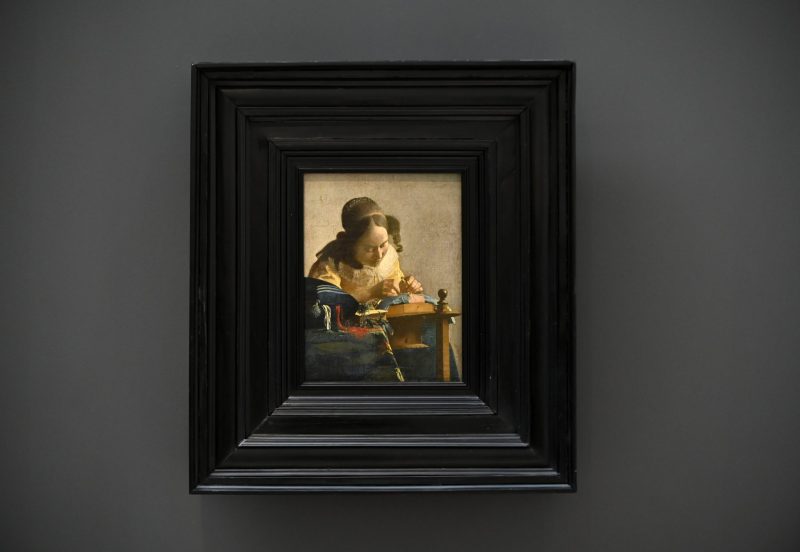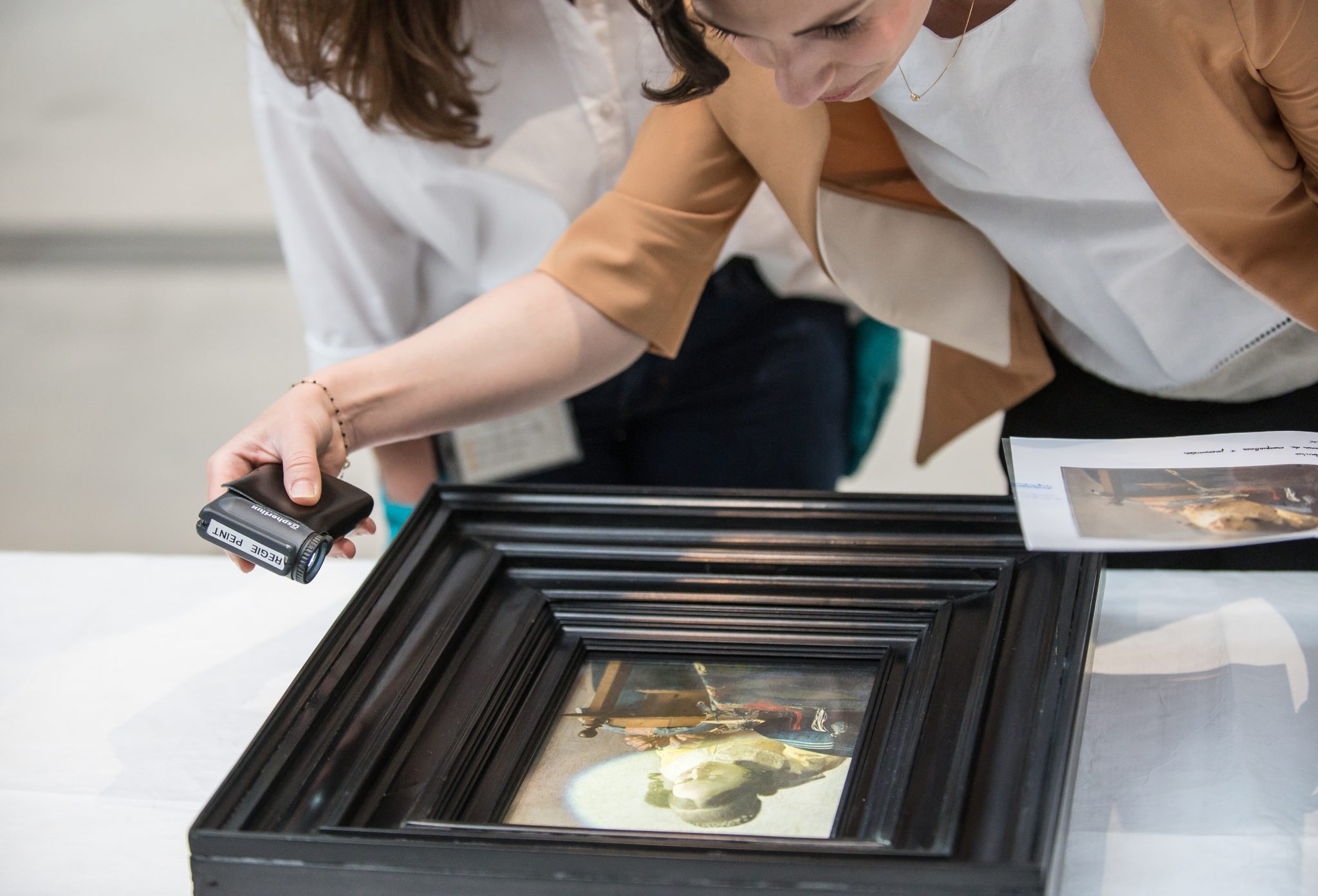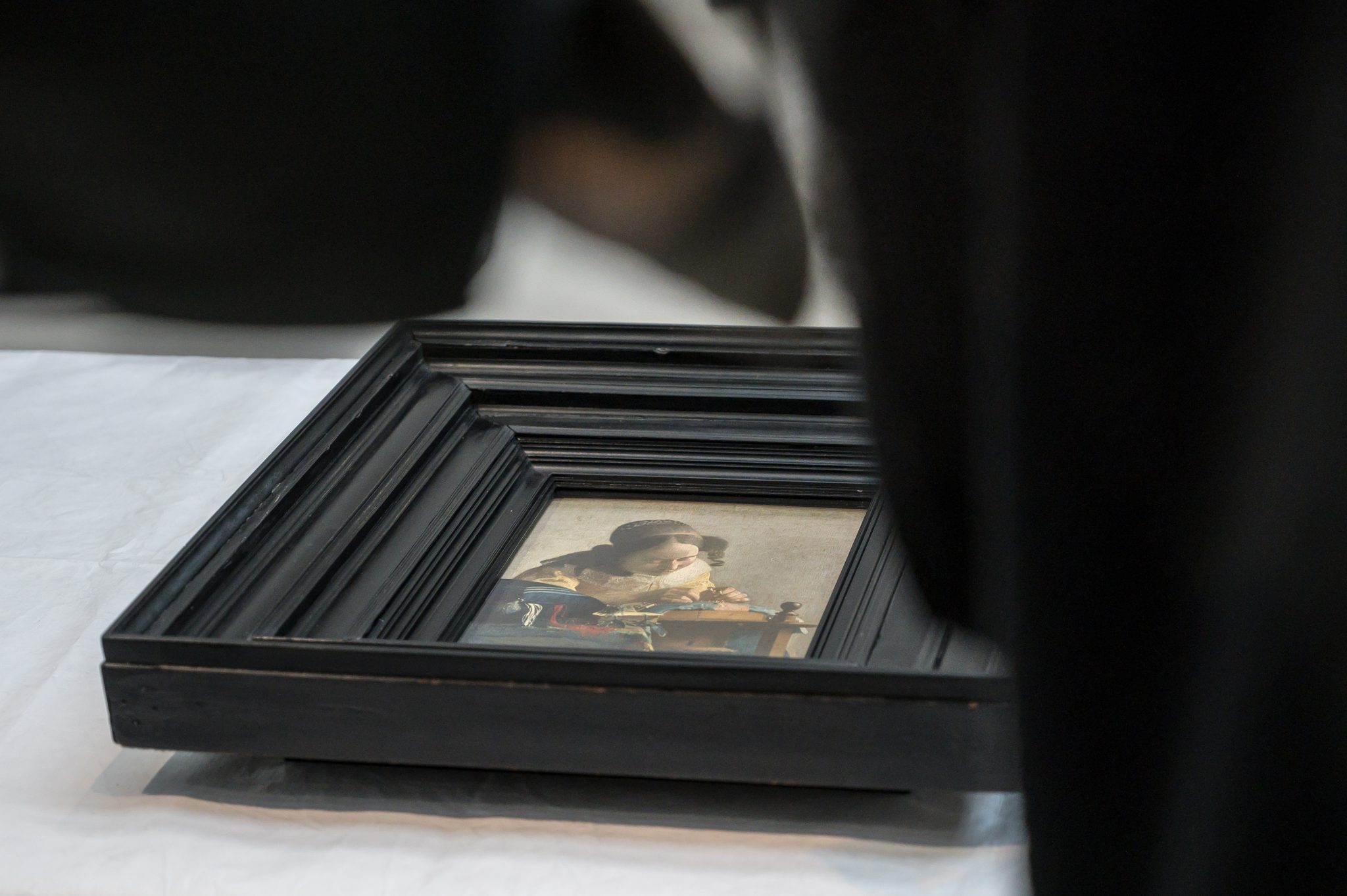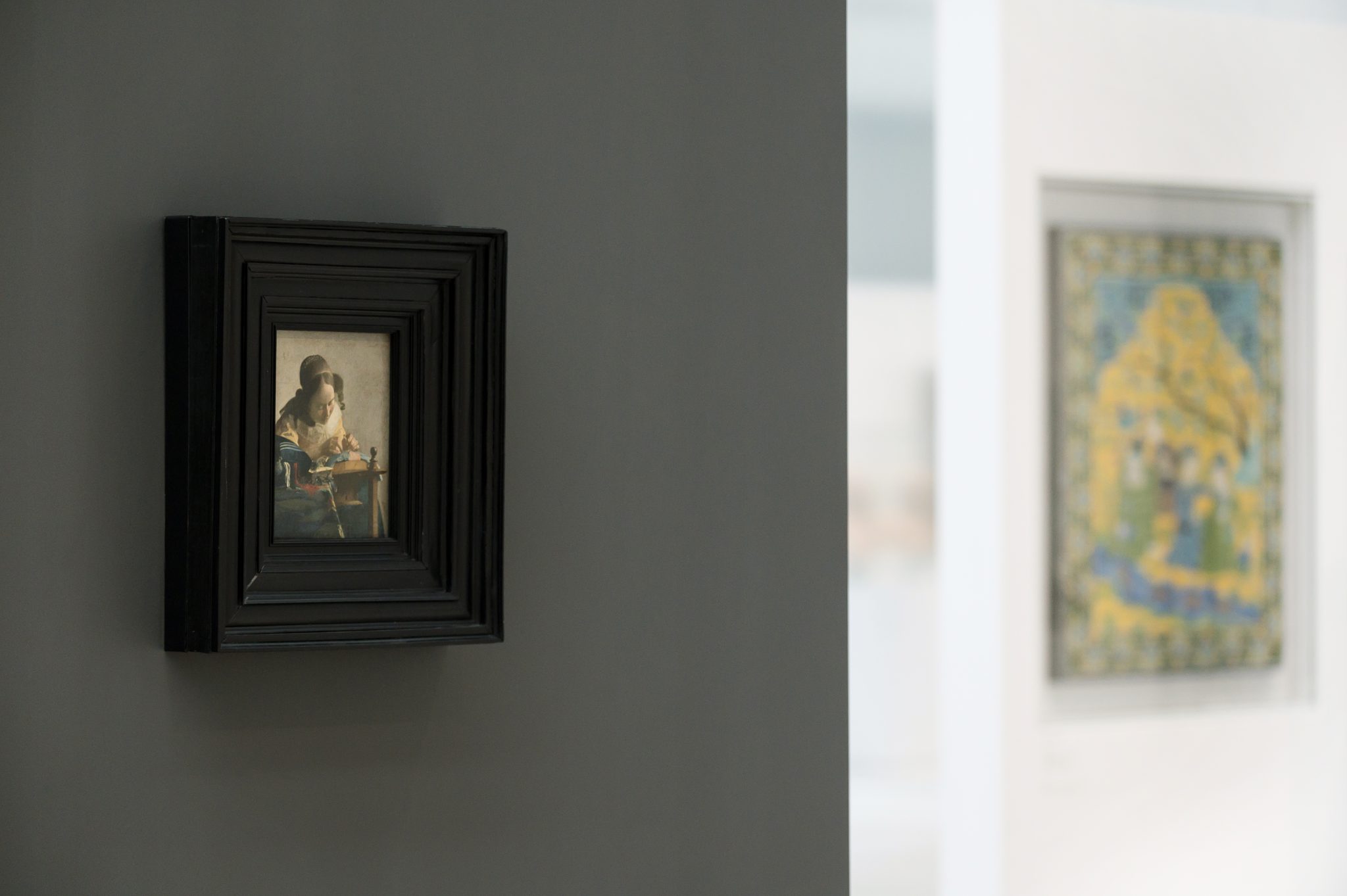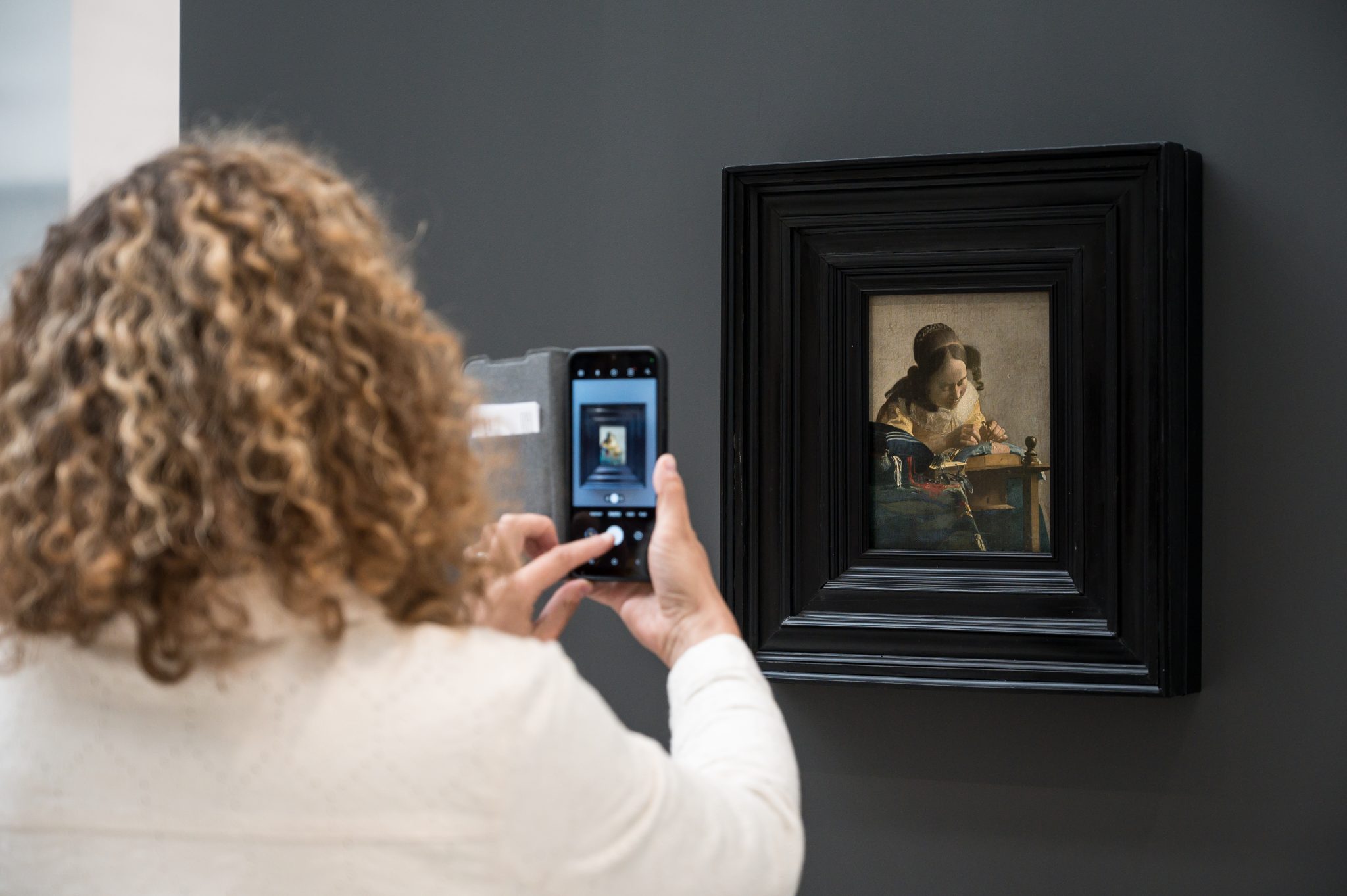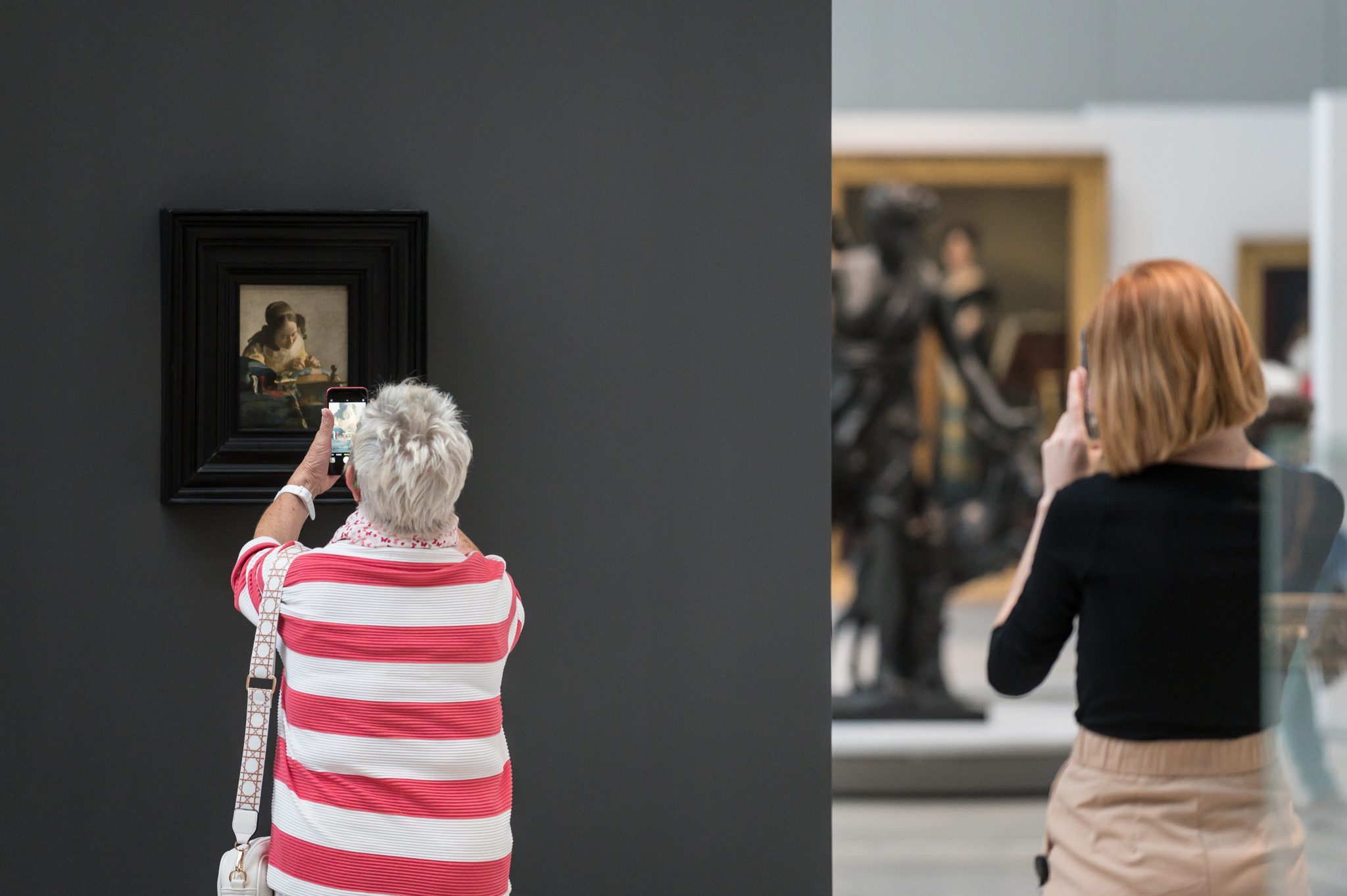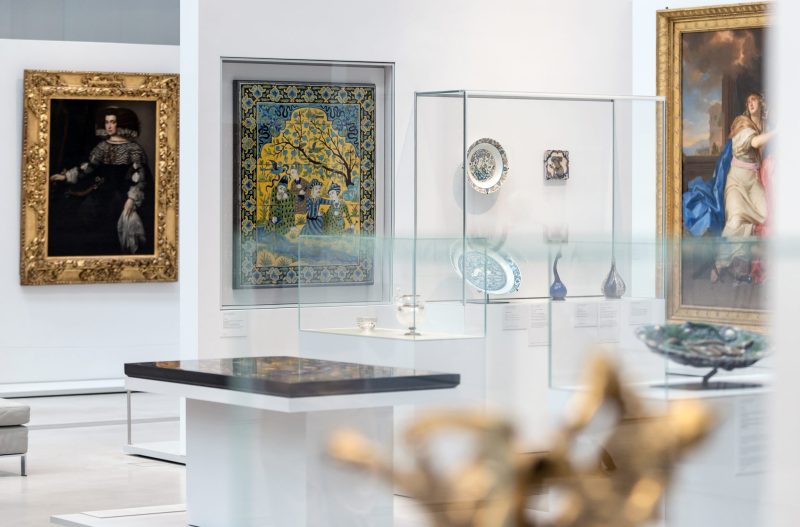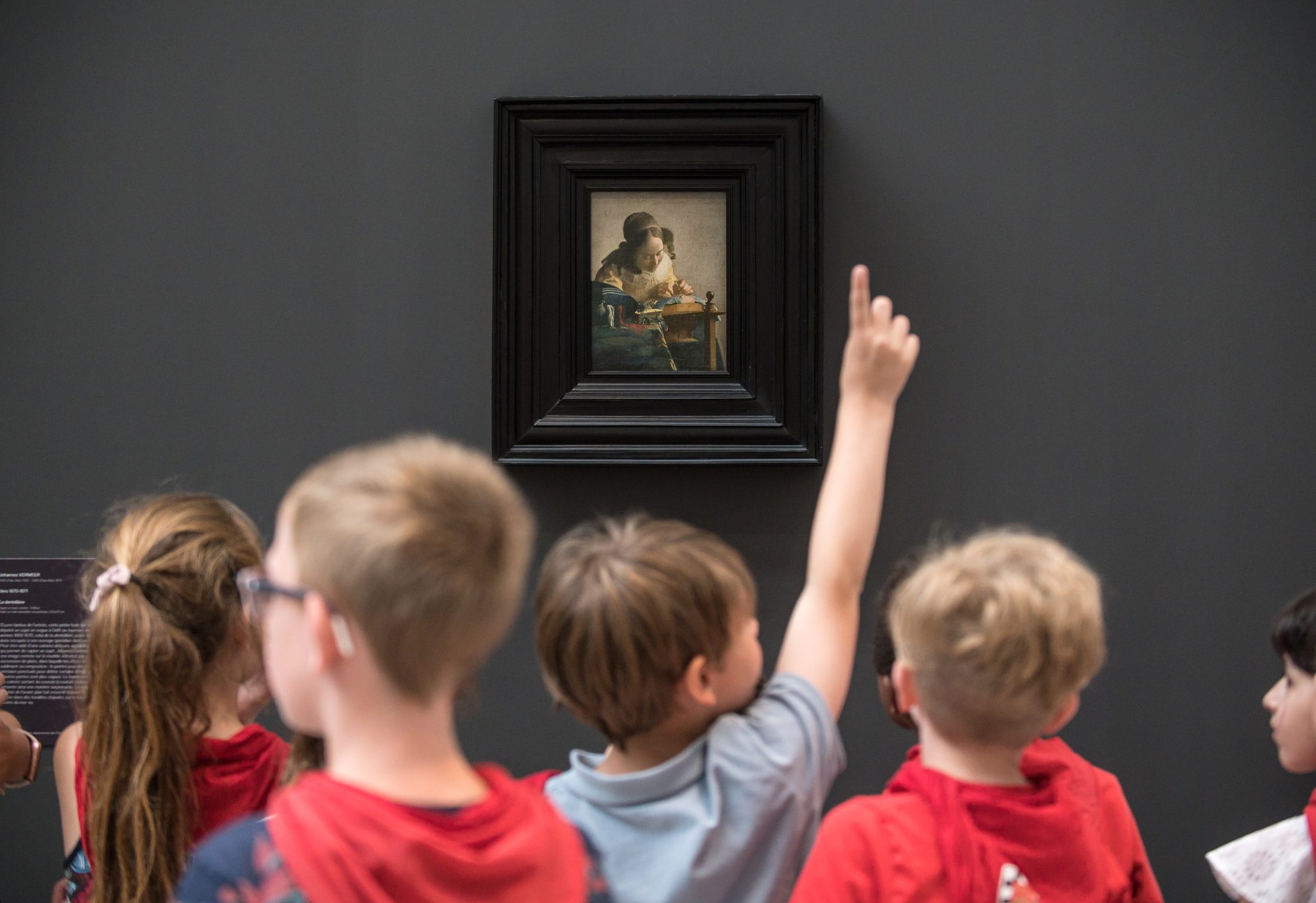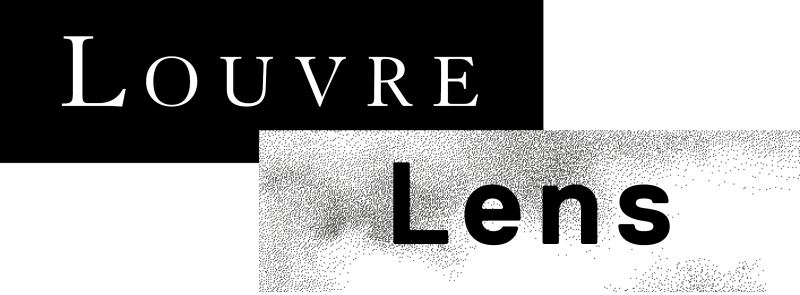This website uses cookies so that we can provide you with the best user experience possible. Cookie information is stored in your browser and performs functions such as recognising you when you return to our website and helping our team to understand which sections of the website you find most interesting and useful.
The Lacemaker
In 2022, to mark the tenth anniversary of the Musée du Louvre-Lens, the Musée du Louvre lent it The Seated Scribe, an iconic work from the Département des Antiquités Égyptiennes. One year later, the Louvre is reaffirming its commitment to the Louvre-Lens with the loan of The Lacemaker (1670–71), the masterpiece by Johannes Vermeer. Following its display in the Vermeer exhibition-event at the Rijksmuseum in Amsterdam, this iconic painting is joining the Gallery of Time at the Louvre-Lens for visitors to admire from 28 June, for a duration of one year.
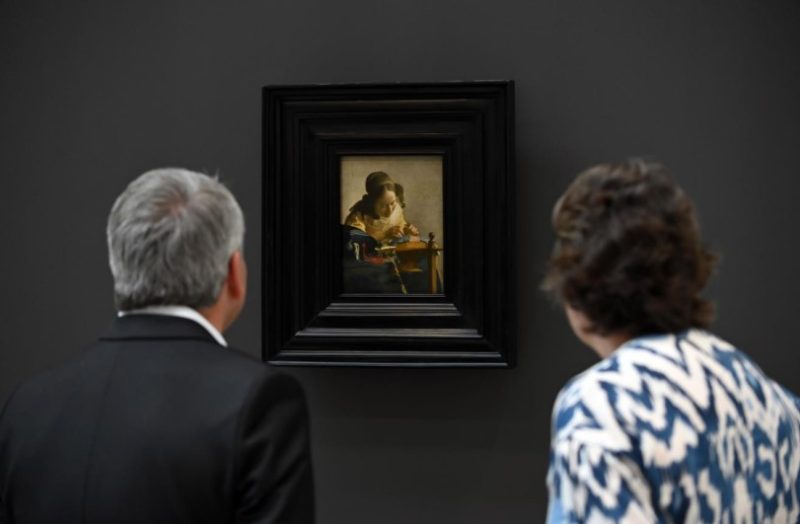
© Louvre-Lens / F. Iovino
“The loan of this emblematic work from our collections testifies once again to our unfailing attachment to the community of spirit, project and ambition formed jointly by the Musée du Louvre and the Musée du Louvre-Lens. It reflects, through its exceptional character, the concrete support provided by the Louvre to the Louvre-Lens and our wish to continue to show the most diverse range of masterpieces there.
After the extraordinary success of the Vermeer exhibition at the Rijksmuseum in Amsterdam, I am delighted that The Lacemaker will be stopping off in the Hauts-de-France, highlighting the European dimension of the Louvre-Lens, while resonating at a local level with the art of lacemaking that was so deeply rooted in the region. I am convinced that visitors to the Louvre-Lens, the leading venue for the presentation of the Louvre’s collections outside Paris, will welcome it as warmly and enthusiastically as they did The Seated Scribe last year.”
Laurence des Cars, president-director of the Musée du Louvre
“The loan of this work is a beautiful event for the Louvre-Lens, the mining region and more widely the Hauts-de-France. The Louvre-Lens is an exceptional cultural tool that we are fortunate to have, a jewel that enhances the mining past of the Hauts-de-France.
The reception of Vermeer’s Lacemaker is a beautiful gesture on the part of the Musée du Louvre for the region. With Caudry and Calais, this is a region of lacework, a skill particular to the Hauts-de-France that is recognised internationally and which we endeavour to conserve. We can be proud to have the work of a great master of Dutch painting that represents an art to which the region remains attached.”
Xavier Bertrand, president of the Région Hauts-de-France

